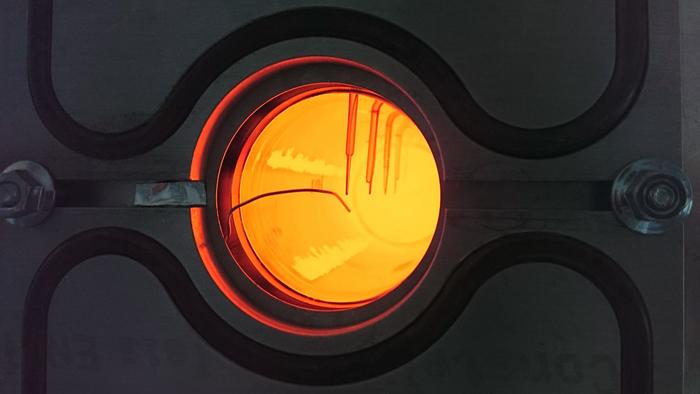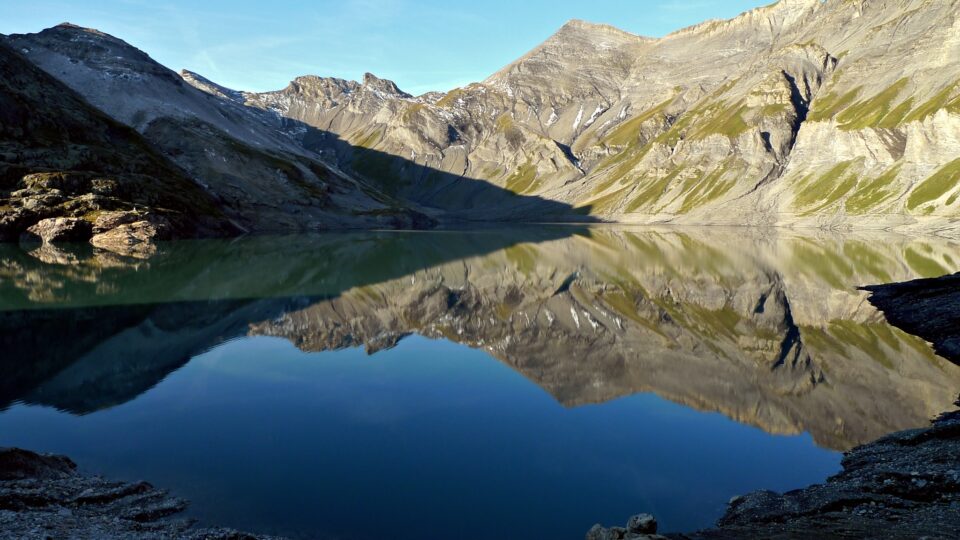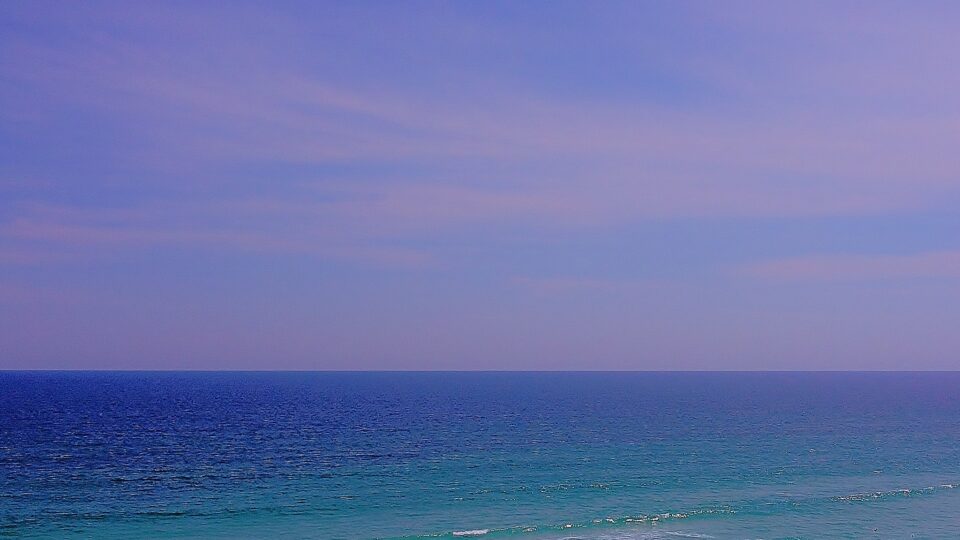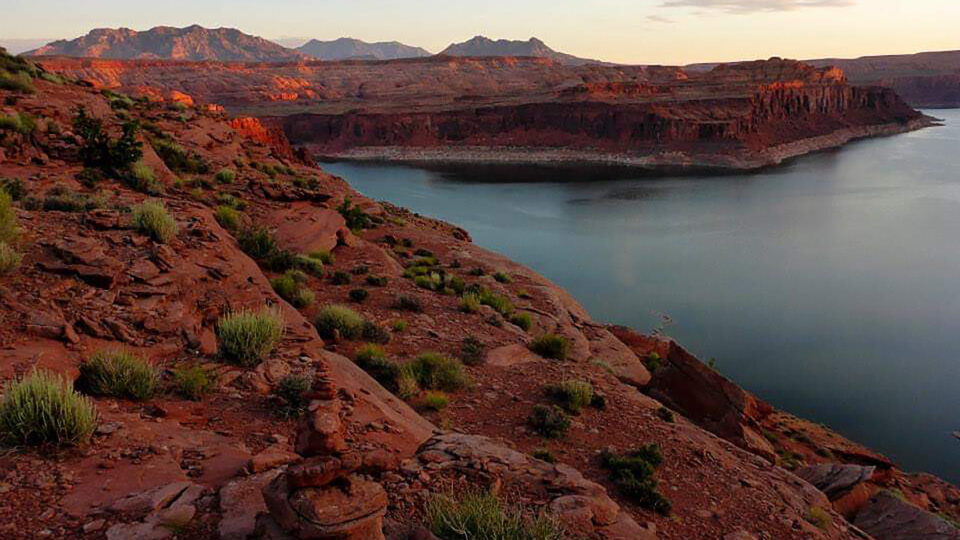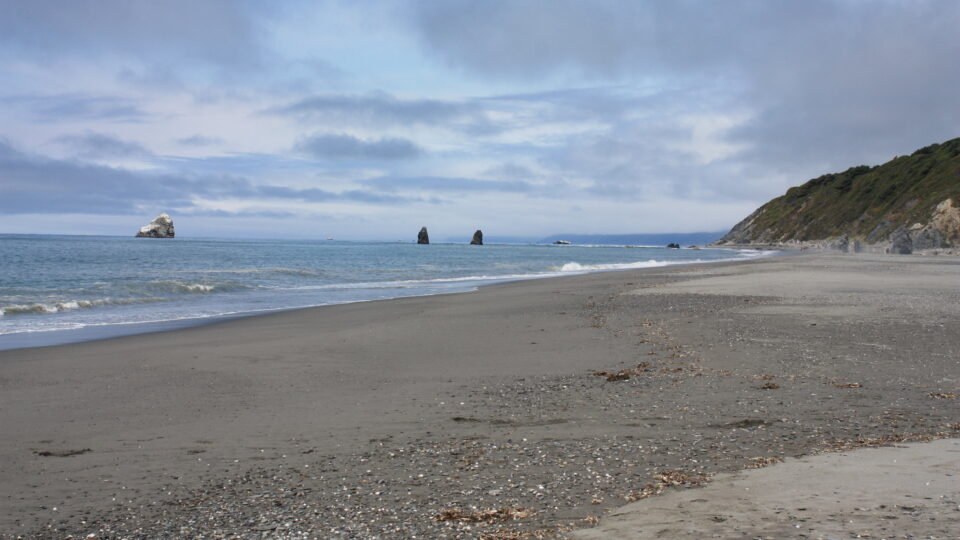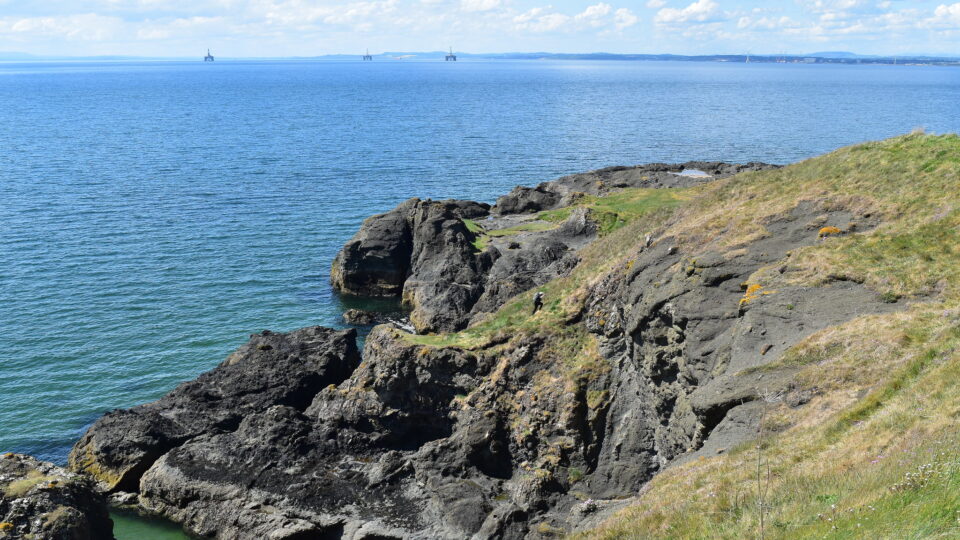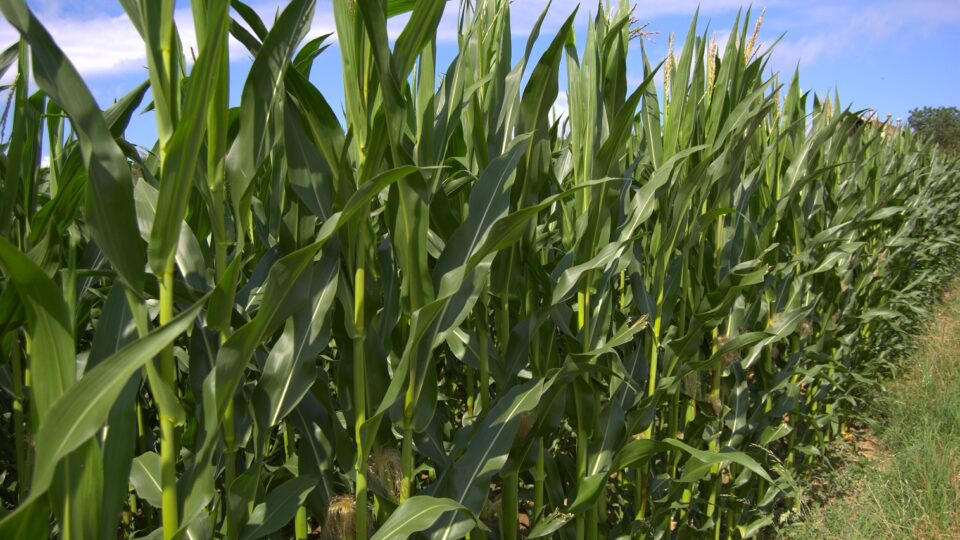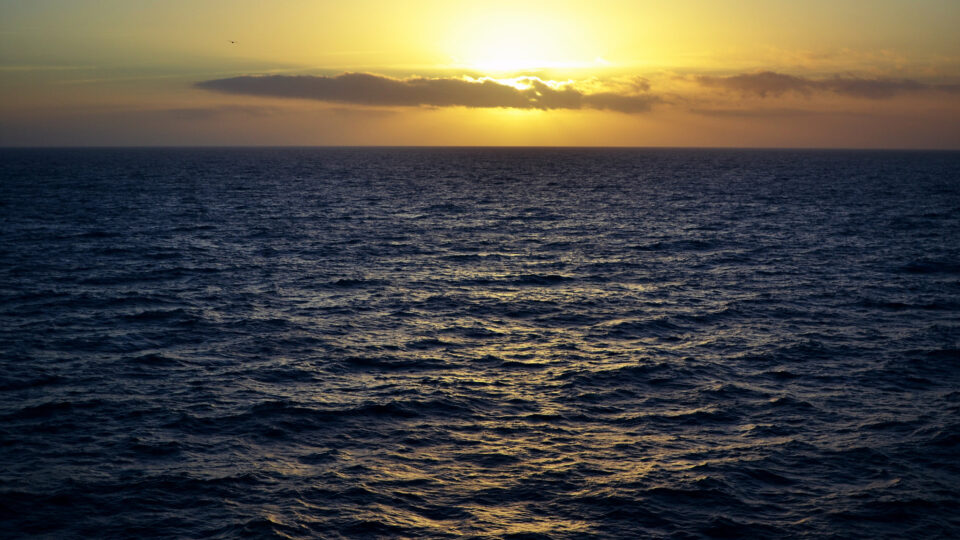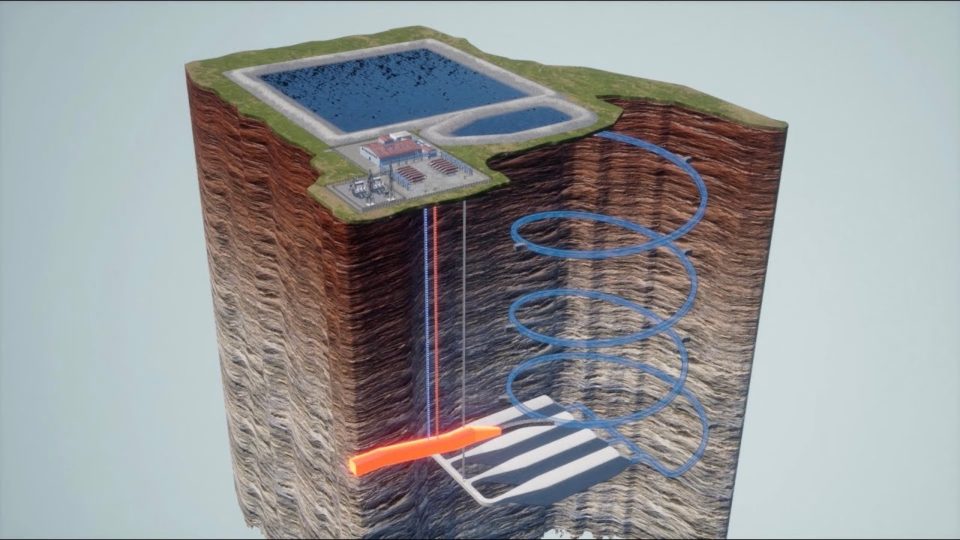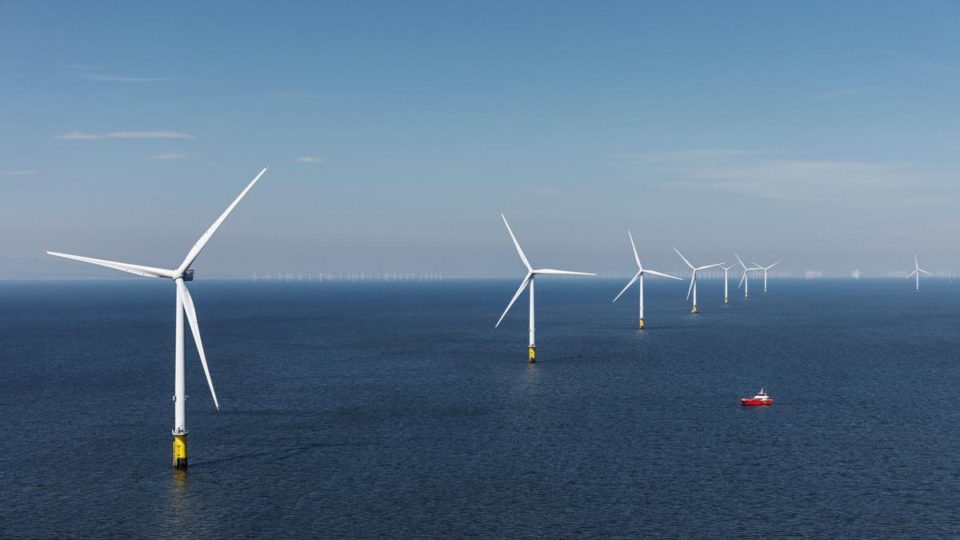Many industrial processes require extremely high temperatures, typically more than 1,800 degrees Fahrenheit. This heat is generally produced by burning fossil fuels – either coal or natural gas – which emits large amounts of greenhouse gases. This level of heat cannot be economically produced using renewable electricity. As a consequence, decarbonizing these industrial processes is very difficult.
Researchers at ETH Zurich in Switzerland have recently demonstrated a new method of obtaining high-temperature heat based on solar radiation. They have engineered a device called a thermal trap. It consists of a quartz rod coupled to a ceramic absorber that can efficiently absorb sunlight and convert it to heat.
In laboratory-scale experiments, they exposed a foot-long quartz rod to artificial light 135 times more intensive than sunlight and were able to produce temperatures as high as 1,900 degrees. The artificial light source was needed to mimic the effects of concentrated solar energy plants that typically make use of large numbers of mirrors to direct intense solar energy onto a small area.
There are already concentrated solar power plants that operate at temperatures as high as 1,100 degrees and use the heat to operate turbines to generate electricity. These plants lose efficiency at higher temperatures because of radiative heat losses. The Zurich thermal trap minimizes these losses and permits higher temperature operation.
The hope is that at a large scale, the new approach may make it possible to use solar energy to decarbonize energy-intensive industrial processes.
**********
Web Links
Using solar energy to generate heat at high temperatures
Photo courtesy of ETH Zurich / Emiliano Casati.
Earth Wise is a production of WAMC Northeast Public Radio
